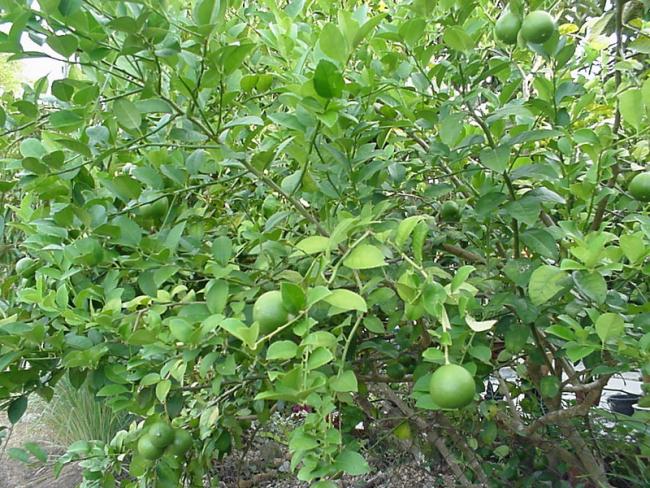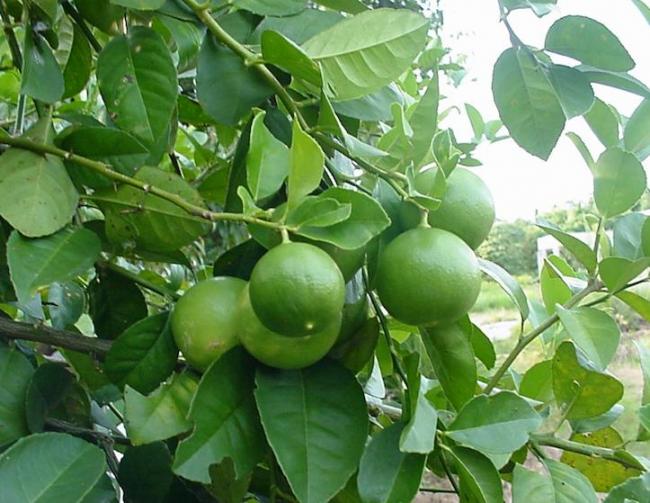Scientific Name
Citrus aurantiifolia (Christm. & Panzer) Swingle
Synonyms
Citrus x acida Pers., Citrus × acida Roxb. [Illegitimate], Citrus × aurantiifolia subsp. murgetana García Lidón & al., Citrus aurantiifolia subsp. murgetana García Lidón D. Rivera S. Ríos & Obón, Citrus aurantium subsp. aurantiifolia (Christm.) Guillaumin, Citrus × aurantium var. lima (Macfad.) Guillaumin, Citrus × davaoensis (Wester) Yu.Tanaka, Citrus depressa var. voangasay Bory, Citrus × excels Wester, Citrus × excelsa var. davaoensis Wester, Citrus hystrix subsp. acida Engl., Citrus × javanica Blume, Citrus × lima Macfad., Citrus × limettioides Yu.Tanaka, Citrus × limonellus Hassk., Citrus × macrophylla Wester, Citrus medica var. acida Brandis, Citrus medica f. aurantiifolium (Christm.) M.Hiroe, Citrus × montana (Wester) Yu.Tanaka, Citrus × nipis Michel, Citrus × notissima Blanco, Citrus × papaya Hassk., Citrus × pseudolimonum Wester, Citrus × spinosissima G.Mey., Citrus × voangasay (Bory) Bojer, Citrus × webberi var. montana Wester, Limonia × aurantiifolia Christm. [1]
Vernacular Name
| Malaysia | Limau asam, limau nipis, limau masam, limau masam, limau amkian [2][3] |
| English | Lime, common lime, lime, Mexican lime, acid lime, West Indian lime, sour lime, large lime, key lime, country lime [2][3][4] |
| China | Zhi qiao [3] |
| India | Nibu, nimbu (Hindi) [3] |
| Indonesia | Kelangsa (Aceh); jeruk nipis (Sunda); jeruk pecel (Java); jeruk alit, kaputungan, lemo (Bali); dongaceta (Bima); mudutelong (Flores); jeru (Sawu); lemo ape, lemo kapsa (Bugis); ahusi hinsi, aupsifis (Seram); inta, lemonepis, ausinepis, usinepese (Ambon); wanabeudu (Halmahera) [3] |
| Philippines | Dayap, sour lime [2][3] |
| Vietnam | Chanh, chanh ta [2][3] |
| Thailand | Somma nao, manao [2][3] |
| Laos | Naaw [3] |
| Cambodia | Krôôch chhmaa muul [2][3] |
| France | Lime acide, limettier [2][3] |
| Germany | Limette, limone [3] |
| Spain | Lima, lima agria [2] |
| Papua New Guinea | Muli (Pidgin) [2][3]. |
Geographical Distributions
Citrus aurantiifolia is reported to be native to Northern India and adjoining parts of Burma, or in Northern Malesia. It has been introduced through the Middle East countries, North Africa and finally to other tropical and sub-tropical of North America and Mexico. It is now cultivated throughout the tropics and in warm subtropical areas. In Malaysia, C. aurantiifolia is commonly planted for its fruits which are normally used in Malaysian cooking. [1][5]
Botanical Description
C. aurantiifolia is a perennial shrub and a member of the Rutaceae family. It is an evergreen tree which can reach up to 5 m high without a proper crop pruning [6][5]. The tree is a drought-resistant but it is a very sensitive plant towards cold condition. High incidence of bacterial canker is a limiting factor in the wet tropics; under dry conditions, irrigation is necessary to obtain good quality fruits. This plant is able to survive on poor soils and prevent waterlogging [1].
The stem rarely grows straight, densely and irregularly branched and often with branches originates from the lower part of the main stem and has many short stiff sharp thorns .[1][5]
The leaves are medium sized with dimension of 4-8 cm x 2-5 cm [1][6]. The leaves ovate, bluntly pointed at tips, rounded to cunate at the base [6]. The leaves are arranged alternate, elliptic to oblong-egg-shaped, and their margin is crenulate. The leaves are glossy, green in colour [5]. The leaf stalk is narrowly winged [1].
The inflorescences are short axillary racemes with 1-7(-10) flowers. [1]
The flowers are yellowish white in colour, solitary or in a short racemes, small and fragrant and about 2.5 cm in diametre with a light trace of purple on the margins [1][5][6]. The sepal is cup-shaped and 4-6-lobed. The petals consists 4-6 petals measuring 8-12 mm long. There are 20-25(-34) stamens and a 9-12(-15)-celled ovary with abruptly distinct style. [1]
The fruit having a smooth skin, spherical to ovoid berry, measures 3-6 cm in diametre, sometimes with apical papillae [1][5]. The young fruits are green in colour and turn yellowish in colour as it starts to mature [5]. Its peel is very thin and densely glandular. The segments are with yellow-green pulp-vesicles, very acidic, juicy and fragrant [1]. The fruits produce plenty of sour juice when crushed [5].
The seeds are small, plump, ovoid, pale and smooth with white embryos (polyembryonic). [1]
Cultivation
Soil Suitability and Climatic Requirement
Like other Citrus species, C. aurantiifolia is also well adapted and can be cultivated on most soil types from the coastal areas to the upland at about 400 m above sea level with the temperature range of 25-38°C. It is best grown under full sunlight on well-drained soils with water table of more than 60 cm. The plant needs about 2000 to 3000 mm of annual rainfalll. [5]
Figure 1: A fully grown C. aurantiifolia plant.
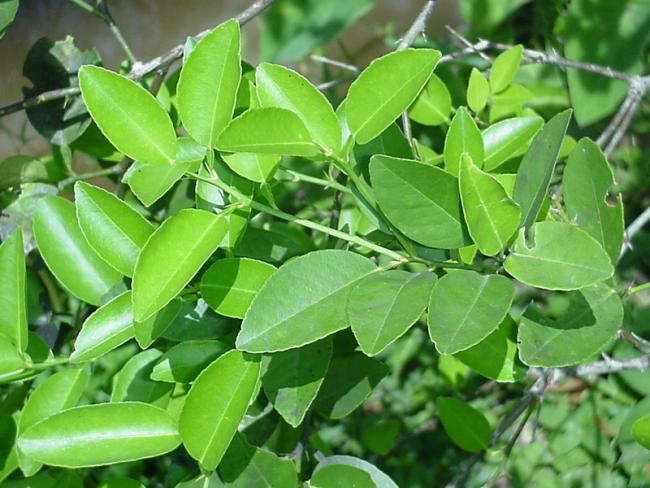
Figure 2: The leaves are glossy green in colour.
Field Preparation
Land Preparation
The land preparation activities required before planting includes land clearing, disc ploughing and rotovation. This helps to improve the soil structure and to eliminate weeds. Triple Super Phosphate (TSP) and Ground Magnesium Limestone (GML) at the rate of 100 g/planting each is applied to each planting hole measuring 30 cm X 30 cm X 30 cm. In field drainage is required to avoid flash flood. [5]
Production of Planting Materials
The C. aurantiifolia fruits do produce a good number of viable seeds. Thus, seeds are normally used in the production of planting materials. The seeds are firstly sowed in the nursery trays and the germinated seedlings are then transplanted to the polybags measuring about 13 cm X 18 cm when it has about 3 to 4 leaves. It is important to note that the seeds cannot withstand long storage and thus should be sowed within a few days after being collected. The seedlings are ready for planting when it has 7 or 8 leaves or after 7-8 months in the polybags. Cuttings can also be used as the planting materials, but it has no good taproots system. [5]
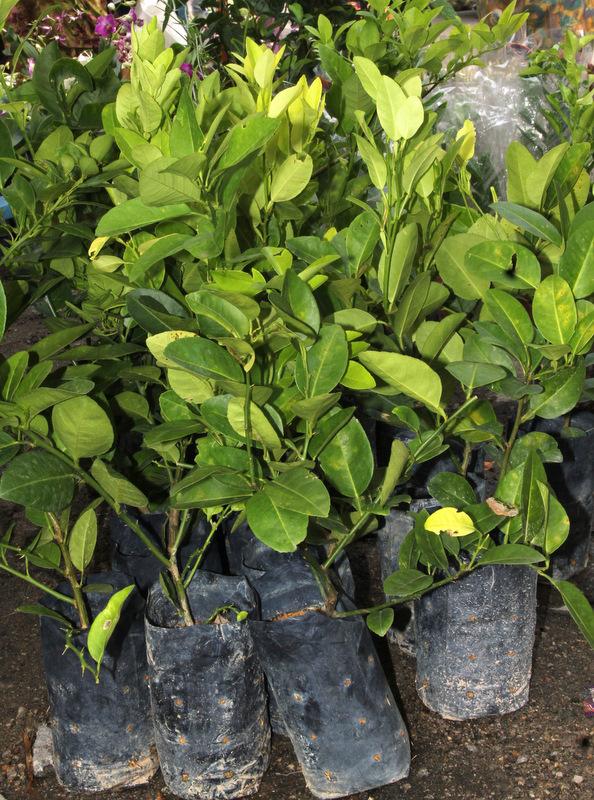
Figure 3: The seedlings that are ready for field planting.
Field Planting
The recommended planting system is hedgerow planting with the spacing of 4 m between rows and 2.5 m between plants in a row. These will give the population density of about 1000 plants/ha. Organic mulch in the form of dried coconut leaves or rice straw should be used where possible to conserve moisture and control weeds around the growing point. To minimise the effect of transplanting stress, field planting should be done at the beginning of the rainy seasons. [5]
Field Maintenance
Fertilisation
Both the organic (chicken dung) and compound fertilisers are required for optimum crop growth. Chicken manure is applied in the first year only at the rate of 1.0 kg/plant. Half of the rate is given at planting while the other half 6 months later. Compound fertiliser (NPK=15:15:15:17) is applied at the rate of 300, 400 and 600 g/plant in the 1st, 2nd and 3rd year upward, respectively. For each rate, the NPK fertiliser is divided into four equal parts and applied at duration of 3 months intervals. [5]
Weed Control
The weed problem can be minimised if mulching is applied around the planting point. At the earlier stages of crop growth, practicing inter-row cultivation can effectively control the weeds. If necessary, the application of contact herbicides and manual weeding by using grass cutters can be practiced [5].
Water Management
Supplementary irrigation is required for optimum crop growth and yield. Drip irrigation system is recommended for this crop since it is cheap and much easier to manage. [5]
Pest and Disease Control
Leaf miner is the most common pest found attacking the leaves. However, the infestation is normally low and does not need control measure. The most common disease is canker can be very serious if proper management practices are not followed. Pruning and defoliating heavily infected plants could control canker. [5]
Harvesting
C. aurantiifolia fruits can be harvested at about 24 months after planting. The mature fruits are light green to yellowish in colour. Harvesting can be done at fortnightly intervals by picking only the mature fruits. The potential fresh fruit yields for the fully-grown plant is about 4.6 t/ha. [5]
Figure 4: The matured fruits ready for harvesting.
Postharvest Handling
Harvesting has to be done carefully to avoid fruit injury and contamination. The harvested C. aurantiifolia fruits should immediately be transported to collection centre for cleaning, grading before being sent to then the market, storing and processing activities. [5]
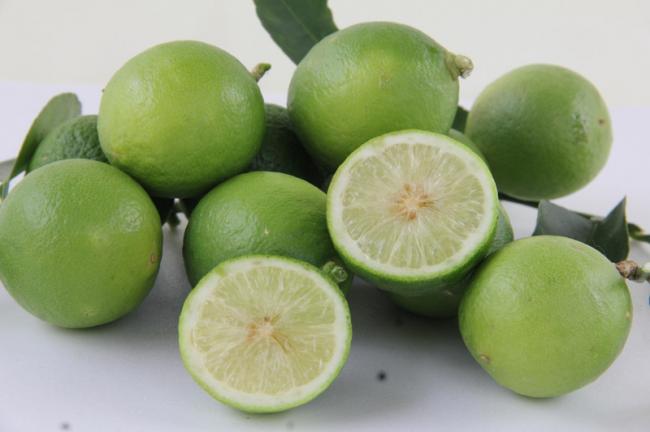
Figure 5: The harvested C. aurantiifolia fruits for consumptions.
Estimated Cost of Production
The estimated cost of production for the fully grown C. aurantiifolia is about RM 10500/ha. This cost covers the cost of land preparations, planting materials, planting and crop maintenance. For the total fresh yield of about 4.6 t/ha, the cost of production for a kilogram of fresh fruit is RM 2.30. The production cost was estimated based on the cost of current inputs during writing of this article. [5]
Chemical Constituent
Distilled C. aurantiifolia oil has been reported to contain terpene hydrocarbons (e.g. d-limonene, α-pinene, β-pinene, camphene, sabinene, terpinolene, α-phellandrene, γ-terpenene, and p-cymene), oxygenated compounds (e.g. citral, α-terpineol, 1,8-cineole, 1,4-cineole, linalool, and fenchol), and sesquiterpenes (e.g. α-bergamotene, β-bisabolene, β-caryophyllene). Meanwhile the expressed (cold-pressed) C. aurantiifolia oil has been reported to contain similar constituents as the distilled oil such as coumarines (e.g. limettin, bergapten, imperatorin, isoimperatorin, bergamottin, isopimpinellin, phellopterin, 8-geranoxypsoralen, oxypeucedanin hydrate, 5-geranoxy-7-methoxy-coumarin) and p-cymene but with lesser amount. [6]
In addition C. aurantifolia leaves oil has been reported to contain monoterpenoids (e.g. citronellol, l-camphor, limonene, and o-cymene). Other constituents reported include acylated flavonol glycosides (e.g. kaempferol 3-O-β-D-glucopyranoside-6″-(3-hydroxy-3-methyl glutarate), kaempferol 3-O-β-D-glucopyranoside-6″-(3-hydroxy-3-methyl glutarate)-7-O-β-D-glucopyranoside, and kaempferol 3-O-beta-rutinoside), apigenin, apigenin-6-C-[α-l-arabinopyranosyl-(1–>6)]-O-β-D-glucopyranoside, apigenin-8-C-[α-L-arabinopyranosyl-(1–>6)]-O-β-D-glucopyranoside, benzo-[a]-pyrene, 2,4,6-trichloroanisole, 6,7-dimethoxycoumarin, 9,10-dimethyl-1,2-benxanthracene, diosmetin-6,8-di-C-β-D-glucopyranoside, germacrene B, isovitexin, kaempferol, nobiletin, quercetin, rutin, vicenin II, and vitexin. [7][8][9]
Plant Part Used
Leaves, flowers, roots, and fruits (juice / peel). [3][4][10]
Traditional Use
C. aurantifolia is considered an antiscorbutic, stomachic, appetizer, refrigerant and febrifuge [4]. It is bitter, sour, cooling and traditionally used to dissipate blocked vital energy, reduce phlegm, relief of cough, diuretic, induce perspiration and aid in digestion [3].
The pounded leaves are applied over the head to relieve headache [11]. The decoction is used to treat high blood pressure and common cold [3]. Infusion of the leaves has been given for fever with jaundice and malaria, sore throat and oral thrush [4].
Decoction of the flowers is used as aromatherapy and induced sleep for those with insomnia. [10]
The fruits are used in the herbal bath preparations for the afterbirth treatments and as preparations for the treatments of sinuses, headache, cough, dysentery, dandruff, fever, stomachache [12]. The fruit juice is used to increase stamina, treat dysfunctional uterine bleeding, sore throat, sore mouth and diarrhoea [3]. In Mayan medicine the juice is considered a tonic for libido and an antidote for poisons. They make use of the juice as facial wash to rejuvenate skin and remove stains [13].
The infusion of the roots is used in the treatment of colic, fever, and dysentery [4].
Besides the medicinal uses, the C. aurantiifolia fruit extracts are frequently used in perfumes, cleaning products and aromatherapy. The fruits are also processed into cordial of fresh drinks. [11][14]
Preclinical Data
Pharmacology
Antiplatelet activity
Hydroalcoholic extract of C. aurantiifolia leaves in the form of tincture had been found to have anti-platelet aggregation activity. It was found to have significantly inhibited adenosine diphosphate (ADP) and epinephrine induced platelet aggregation in a concentration dependent manner. [15]
Antimicrobial activity
The C. aurantiifolia root extract was amongst those found to be effective in inhibiting the growth of Staphylococcus aureus, Klebsiella penumoniae, Proteus mirabilis, Pseudomonas aeruginosa, beta-haemolytic streptococci, Escherichia coli and Neisseria gonorrhoeae [16]. The fruit on the other hand was found to inhibit facultative anaerobic bacteria which are S. aureus ATCC 25213, S. aureus, Salmonella paratyphi, Shigella flexnerii, Streptococcus faecalis, Citrobacter spp., Serratia spp, Klebsiella pneumonia, P. aeruginosa, E. coli ATTC 25922, and E. coli [17][18]. The extract also proved to have significant antimycobacterial activity especially against the isoniazid resistant strain to treat tuberculosis and other respiratory disease [19].
Immunomodulatory activity
The extract of concentrated C. aurantiifolia juice was tested in mitogen-activated cultured mononuclear cells to exhibit its immunomodulating activity. It was found that it could significantly inhibit proliferation of phytohaemagglutinin activated mononuclear cells at 250 and 500 µg/L of the extract and inhibited the proliferation of staphylococcal protein A (SPA) activated mononuclear cells at 500 µg/L dose. [20]
Antityrosinase activity
Methanol extract offresh peel (50 µg/L) was amongst the plants tested for their antityrosinase activity and showed 59.0% inhibitory activity against mushroom tyrosinase. [21]
Antifertility activity
Undiluted C. aurantiifolia juice was found to significantly reduce the number of ova shed by adult female Sprague-Dawley rats. The juice caused irregular oestrus cycle, partially blocks ovulation and thus could possibly compromise fertility. [22]
Antiobesity activity
The essential oils from C. aurantiifolia was found to promote anorexia and thus aid in reducing weight when given alone in animal models of obesity. When given in combination to ketotifen, it caused significant suppression in weight gain. [23]
Antioxidant activity
The essential oil from C. aurantiifolia peel had the highest radical scavenging activity on ABTS assay (IC₅₀ value of 19.6 μg/mL), as compared to C. aurantium L., and C. bergamia Risso and Poit. [24]. The methanol extracts of C. aurantiifolia peel and leaves also demonstrated the strongest radical scavenging activity [15]. The juice and peel extract also showed inhibition of low density lipoprotein (LPL) in a dose dependent manner [25].
Anticholinesterase activity
The essential oil of C. aurantiifolia leaves showed high anticholinesterase and butyrylcholinesterase co-inhibitory activity [8]. The n-Hexane fraction of methanol extracts of C. aurantiifolia peel and leaves also demonstrated similar activity [9].
Antiproliferative activity
The protein components of the extract of concentrated C. aurantiifolia juice may have antiproliferative effects on tumor cell lines. They were effectively inhibiting the growth of human lymphoblastoid B cell line (RPMI-8866) and human pancreatic cancer cells (Panc-28 cells). In the case of RPMI 8866 cells it was concluded that this activity is attributed to the presence of biologically active macromolecules, while in Panc-28 cells the apoptosis was inducted by the presence of flavonoids and limonoids. [26] [27]
Toxicity
Phototoxicity activity
Expressed lime oil contains certain constituted coumarins which are known to cause phototoxicity in humans. Both expressed lime oil and distilled lime oil have also been found to promote tumour formation on the skin and forestomach epithelium of mice caused by 9,10-dimethyl-1,2-benxanthracene and benzo-[a]-pyrene, respectively. The distilled lime oil is devoid of these toxic activities to human skins, though it was slightly irritating to rabbit skin. [6]
Clinical Data
Clinical findingsNo documentation
PrecautionsNo documentation
Side effectsNo documentation
Pregnancy/Breast FeedingNo documentation
Age limitationNo documentation
Adverse reactionNo documentation
Interaction & DepletionNo documentation
Interaction with drugThe C. aurantiifolia juice has been found to reduce the effects of warfarin in Wistar strain albino rats. On the other hand the hydroalcoholic extract of lime has the possibility of potentiating the effects of anticoagulants. Thus, patient on warfarin should not take lime indiscriminately. [15][28]
Interaction with other HerbsNo documentation
ContraindicationsNo documentation
Case ReportNo documentation
Poisonous Management
No documentation.
Line Drawing
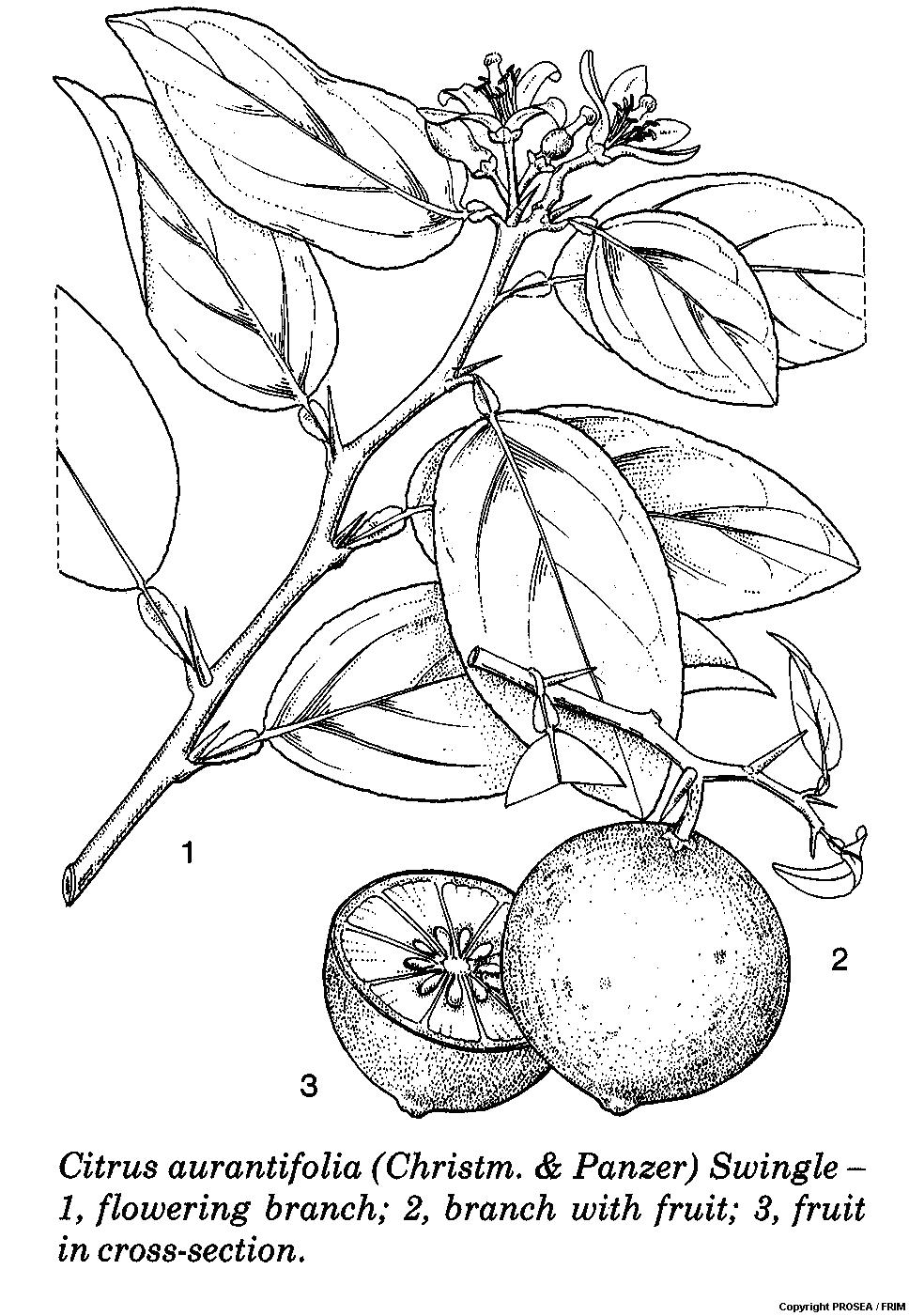
References
- The Plant List. Ver 1.1. Citrus aurantiifolia (Christm. & Panzer) Swingle. c2013 [updated 2012 April 18; cited 2014 November 20]. Available from: http://www.theplantlist.org/tpl1.1/record/tro-50119437
- Sethpakdee R. Citrus aurantifolia (Christm. & Panzer) Swingle In: Verheij EWM, Coronel RE, editors. Plant Resources of South-East Asia No. 2: Edible fruits and nuts. Wageningen, Netherlands: Pudoc Scientific Publisher; 1991. p. 126-128.
- Dalimartha S. Atlas tumbuhan obat Indonesia. Vol 2. Jakarta: Niaga Swadaya. p. 85-92.
- Khare CP. Indian medicinal plants: An illustrated dictionary. Berlin: Springer; 2007. p. 154.
- Panduan penanaman limau nipis. Kuala Lumpur: Jabatan Pertanian Semenanjung Malaysia. 2010.
- Khan IA, Abourashed EA. Leung’s Encyclopedia of Common Natural Ingredients. New Jersey: John Wiley and Sons Publication; 2010. p. 422-423.
- Berhow MA, Bennett RD, Poling SM, Vannier S, Hidaka T, Omura M. Acylated flavonoids in callus cultures of Citrus aurantifolia. Phytochemistry. 1994 Jul;36(5):1225-1227.
- Chaiyana W, Okonogi S. Inhibition of cholinesterase by essential oil from food plant. Phytomedicine. 2012;19(8-9):836-839.
- Loizzo MR, Tundis R, Bonesi M, et al. Evaluation of Citrus aurantifolia peel and leaves extracts for their chemical composition, antioxidant and anti-cholinesterase activities. J Sci Food Agric. 2012;92(15):2960-7.
- Ericksen M. Healing with Aromatherapy. Keats: McGraw Hill Professional; 2000. p. 141.
- Burkill IH. A Dictionary of the economic products of the Malay Peninsula. Kuala Lumpur: Ministry of Agriculture Malaysia 2002; p. 564.
- Mat-Salleh K, Latiff A. Tumbuhan Ubatan Malaysia. Kuala Lumpur: Universiti Kebangsaan Malaysia; 2002. 468-469
- Kunow MA. Maya Medicine: Traditional Healing in Yucatan. New Mexico: UNM Press; 2003. p. 117.
- Herbal Medicine Research Centre, Institute for Medical Research. Compendium of Medicinal Plants Used in Malaysia. Vol. 1. Kuala Lumpur: HMRC IMR; 2002. p. 176-177.
- Piccinelli AL, García Mesa M, Armenteros DM, et al. HPLC-PDA-MS and NMR characterization of C-glycosyl flavones in a hydroalcoholic extract of Citrus aurantifolia leaves with antiplatelet activity. J Agric Food Chem. 2008;56(5):1574-81.
- Ebana RU, Madunagu BE, Ekpe ED, Otung IN. Microbiological exploitation of cardiac glycosides and alkaloids from Garcinia kola, Borreria ocymoides, Kola nitida and Citrus aurantifolia. J Appl Bacteriol. 1991;71(5):398-401.
- Aibinu I, Adenipekun T, Adelowotan T, Ogunsanya T, Odugbemi T. Evaluation of the antimicrobial properties of different parts of Citrus aurantifolia (lime fruit) as used locally. Afr J Tradit Complement Altern Med. 2006;4(2):185-90.
- Rahman S, Parvez AK, Islam R, Khan MH. Antibacterial activity of natural spices on multiple drug resistant Escherichia coli isolated from drinking water, Bangladesh. Ann Clin Microbiol Antimicrob. 2011;10:10.
- Camacho-Corona Mdel R, Ramírez-Cabrera MA, Santiago OG, Garza-González E, Palacios Ide P, Luna-Herrera J. Activity against drug resistant-tuberculosis strains of plants used in Mexican traditional medicine to treat tuberculosis and other respiratory diseases. Phytother Res. 2008;22(1):82-5.
- Gharagozloo M, Ghaderi A. Immunomodulatory effect of concentrated lime juice extract on activated human mononuclear cells. J Ethnopharmacol. 2001;77(1):85-90.
- Adhikari A, Devkota HP, Takano A, et al. Screening of Nepalese crude drugs traditionally used to treat hyperpigmentation: in vitro tyrosinase inhibition. Int J Cosmet Sci. 2008;30(5):353-60.
- Salawu AA, Osinubi AA, Dosumu OO, Kusemiju TO, Noronha CC, Okanlawon AO. Effect of the juice of lime (Citrus aurantifolia) on estrous cycle and ovulation of Sprague-Dawley rats. Endocr Pract. 2010;16(4):561-5.
- Asnaashari S, Delazar A, Habibi B, et al. Essential oil from Citrus aurantifolia prevents ketotifen-induced weight-gain in mice. Phytother Res. 2010;24(12):1893-7.
- Tundis R, Loizzo MR, Bonesi M, et al. Comparative study on the antioxidant capacity and cholinesterase inhibitory activity of Citrus aurantifolia Swingle, C. aurantium L., and C. bergamia Risso and Poit. peel essential oils. J Food Sci. 2012;77(1):H40-6.
- Boshtam M, Moshtaghian J, Naderi G, Asgary S, Nayeri H. Antioxidant effects of Citrus aurantifolia (Christm) juice and peel extract on LDL oxidation. J Res Med Sci. 2011;16(7):951-5.
- Gharagozloo M, Doroudchi M, Ghaderi A. Effects of Citrus aurantifolia concentrated extract on the spontaneous proliferation of MDA-MB-453 and RPMI-8866 tumor cell lines. Phytomedicine. 2002;9(5):475-7.
- Patil JR, Chidambara Murthy KN, Jayaprakasha GK, Chetti MB, Patil BS. Bioactive compounds from Mexican lime (Citrus aurantifolia) juice induce apoptosis in human pancreatic cells. J Agric Food Chem. 2009;57(22):10933-42.
- Adepoju G, Adeyemi T. Evaluation of the effect of lime fruit juice on the anticoagulant effect of warfarin. J Young Pharm. 2010;2(3):269-72.

